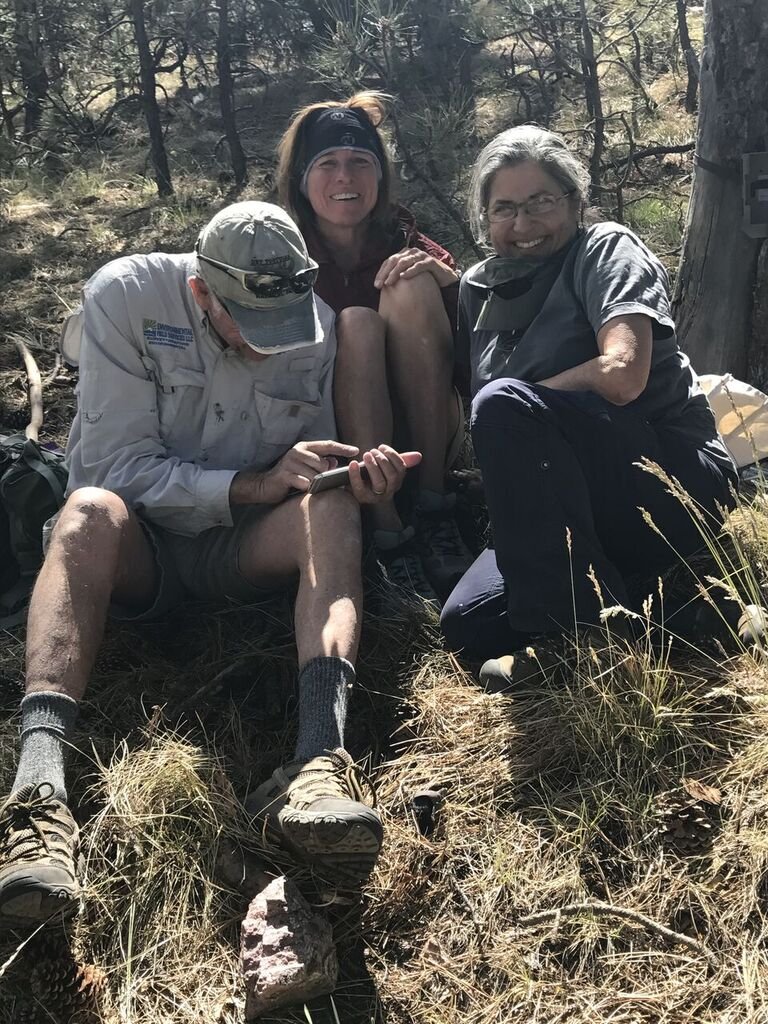Wildlife Monitoring
The UA Wild Cat Research and Conservation Center has led multiple trail camera wildlife monitoring projects since 2002. Our projects have included the long-term monitoring of all four wild cats in the southwestern United States, monitoring wildlife in Namibia, and monitoring fishing cats in India and Sri Lanka.

Non-Invasive Camera Traps
Non-invasive scientific camera-trap monitoring is an effective method we use to monitor wildlife on the landscape. The data produced by camera monitoring is inclusive of predators, prey and all co-occurring species. Detecting and monitoring wildlife produces systematic observations (data), which can be analyzed with statistically sound methods to inform future management and conservation practices.
eDNA
eDNA is a non-invasive method we are utilizing to monitor biodiversity and rare species. The sampling is conducted by collecting and filtering water, sediment, or soil samples. DNA present in the filter is then extracted for DNA and analyses performed to obtain total species biodiversity of mammals/birds/herps from ephemeral ponds/pools/creeks or trails; or analyses is targeted to detect a single rare species present in the DNA. Results also help inform which water sources are being used more often by wildlife, and in which season, also important for conservation.
In the Field
Between January 2012 to present, our trail camera monitoring of Southwestern US camera sites have included detections of three jaguars and three ocelots, which have been photographed (and/or videoed or detected from scat) over 200 times. We have monitored 8 additional sensitive and/or threatened species, contributing to a large and informative wildlife dataset in Southwest Arizona. See our projects section.




